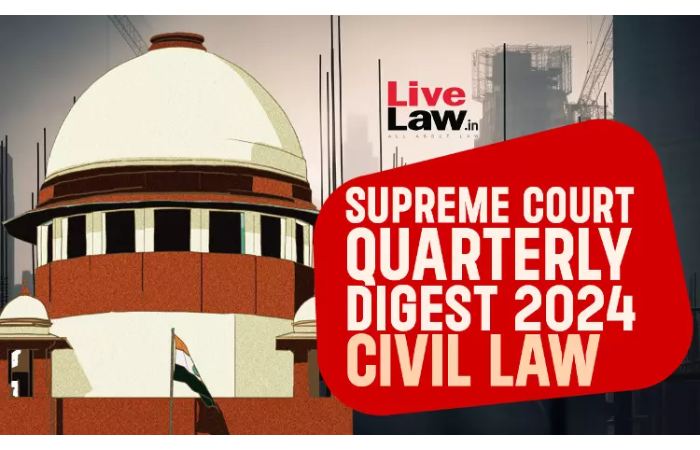Live Law is one of the leading legal news websites that provide judgments, new legalities, Supreme Court cases, and many more. As it stands, Live Law is now a go-to source with comprehensive coverage of the legal sphere in India.
What is Live Law?
Some advantages of live law platforms are that they offer real-time coverage of hearings and Judicial proceedings as they transpire in court. However, Using technology and journalistic reporting, they provide live coverage of cases being heard in the Supreme Court, High Courts, Tribunals, Commissions, and Judicial Academies.
Popular live law websites like LiveLaw, a part of the legal fraternity, have reporters and correspondents sit inside the court when crucial cases are being discussed. These reporters give real-time tweets and coverage of the debate and counterargument between the judges and lawyers. At the same time, the updates are posted on the website, thus enabling the readers to observe the events as they unfold.
The Advantages of Live Law for a Citizen
The significant benefits that live law offers Indian citizens
- More Light on the Judiciary – Court reporting means that the public can see how justice is being served in high-profile and other significant cases of interest to the public. It is essential in the maintenance of accountability.
- Increased Public Awareness – live reporting of proceedings ensures the court process is more understandable to the ordinary person on matters being argued. One of its strengths is that it fills the information gap.
- Frequent information – At times, information on judicial matters is provided as they happen without delay caused by official orders and judgments. It is essential for discourse, particularly for public communication.
- Increase Public Engagement – Through airing legal information, live law leads to more citizens’ engagement in legal issues within society.
Important Cases Covered under Live Law
The Cases That Garner Significant Live Coverage From Legal Sites Include
-
- Historical Constitutional cases before the Supreme Court that define civil rights and liberties.
- Critical Public Interest Litigation (PIL) cases allow citizens, activists, and NGOs to apply to court.
- The Requests concerning business regulation and economic growth policies.
- Some examples are criminal trials of high-profile cases such as financial fraud, terror charges, and political leaders.
- Therefore, any case involves professional conduct or the administration of justice by judges or lawyers.
- Vast and recent arbitration awards by business and contract tribunals have been given.
- Finally, Education stakeholders such as students, teachers, and policy groups have petitioned for a change in this facility.
The Leading Live Law Platforms In India

Some leading live law and legal journalism platforms that have emerged in India are:
- in –This is one of the most updated and real-time legal news.
- Bar & Bench: The legal journalism portal covering India’s latest court cases, law firms, and law schools.
- SC Observer – A niche web portal presenting live updates on the Supreme Court of India cases.
- Legally India – A portal that regularly updates and focuses on business and corporate laws.
- Latest Laws – Genuine site to get updated laws and court judgments.
These platforms employ efficient digital means, detailed work, and timely reporting on Indian legal matters. This company is managed by journalists and lawyers dedicated to independent and open live coverage to promote legal literacy. They are essential in public education since the public must be informed to support justice institutions.
The Future of Coverage in India
With technological capacity growing and the public’s appreciation for openness rising. It platforms will likely expand and provide better coverage of even more courts in India. It will also encourage more cases to be heard virtually, increasing digitization.
In sum, the live law system is a revolutionary change that brings about real-time access, responsibility, and legal reporting to the masses. It has a critical function of contributing to positive change in public discourse and reforms and preventing abuse. Live law is gradually establishing itself as the fourth pillar that can rejuvenate the Indian justice delivery system.
Conclusion
Within a few years, Live Law has educated and enlightened lakhs of Indian legal professionals and students. Over the years, Live Law has emerged as the best source of information on Indian law due to its comprehensive judgment database, informative articles, and timely news updates. It is one of the many reasons the website can be relied on by judges, lawyers, academicians, and even the general public because of its coverage and accessibility. In the coming years, Live Law can expect to expand its readership considerably as it plans to expand to more regional languages.





